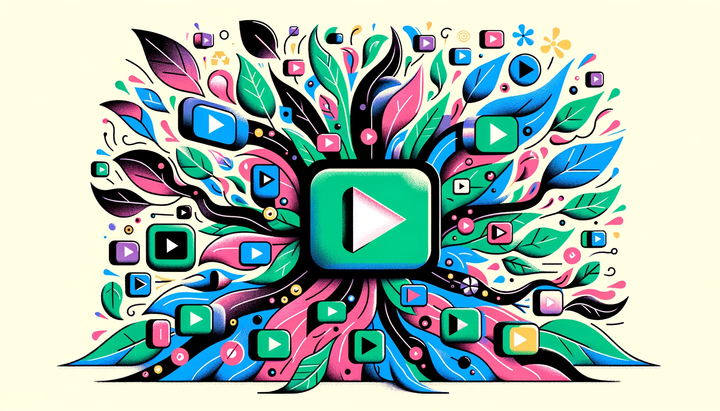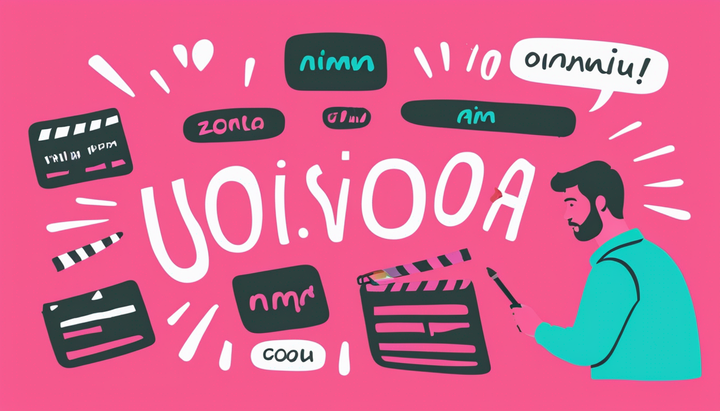Why B2B Influencer Marketing Is On The Rise (With Examples)
Does influencer marketing work for B2B brands? Survey says: Absolutely yes! Let's deep dive into why B2B brands are leaning into influencer marketing, what that looks like, and how to incorporate it into your own marketing strategy.
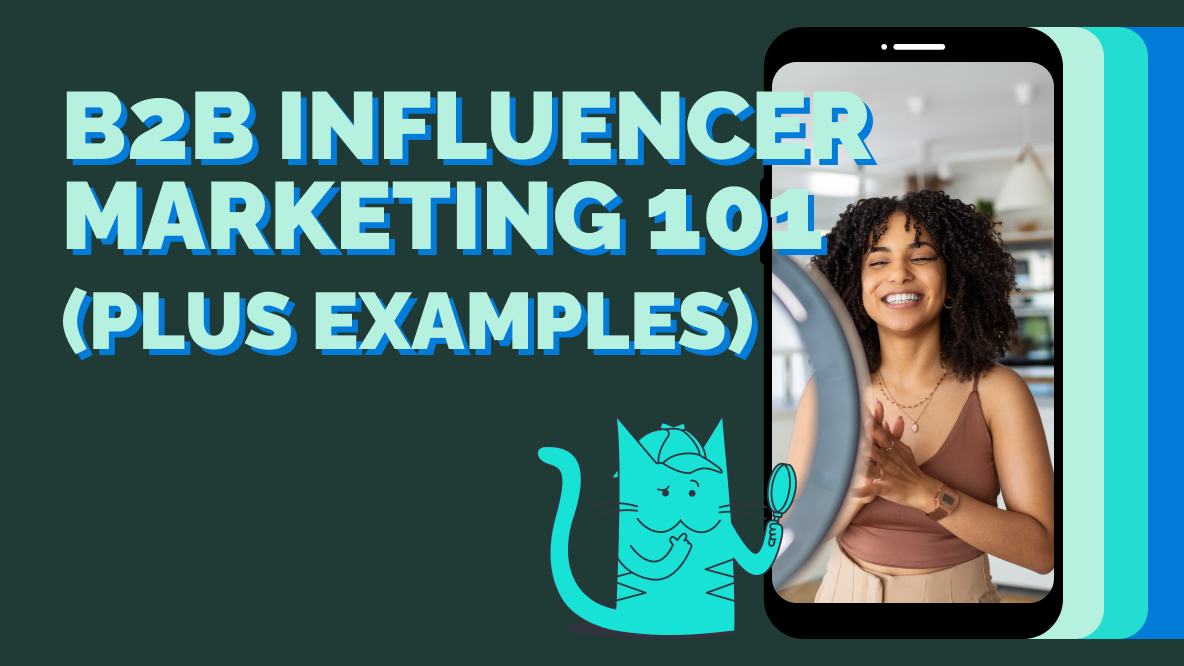
Influencer marketing has become a staple of DTC customer marketing. You’d be hard pressed to find a brand — whether they sell beauty products, electronics, home goods, or really anything else — that doesn’t work with influencers.
Influencer marketing is when a brand partners with a well-known online creator (someone who’s influential, you could even say!) and has them promote their brand or product in some way. In DTC, that could look like a famous beauty TikToker being paid by Dior to make content about their newest lipstick.
@theoliviasaurusrex dior beauty have released a glittery version of their rouge dior forever liquid transfer proof liquid lipstick 🤌🏻. this is the 999 sequin shade and it was £39 from the dior uk website ☺️. #rougediorforevertransferprooflipstick #diortransferproof #glitterylipstick #partyseasonmakeup #transferprooflipstick #highendbeauty #highendbeautyreview #diorbeauty #luxurybeauty #luxurymakeupreview ♬ original sound - olivia ancell
The end result typically gets posted to social media platforms, but it could also be used in paid ads or content marketing.
Increasingly, B2B marketers are catching up to DTC and engaging in influencer marketing themselves. According to TopRank’s B2B Influencer Marketing Report, 94% of marketers believe influencer marketing is a successful strategy for B2B brands. They also found that while only 34% of B2B marketers used influencer marketing in 2020, that number ballooned to 85% in 2023.
Why are so many B2B brands trying influencer marketing?
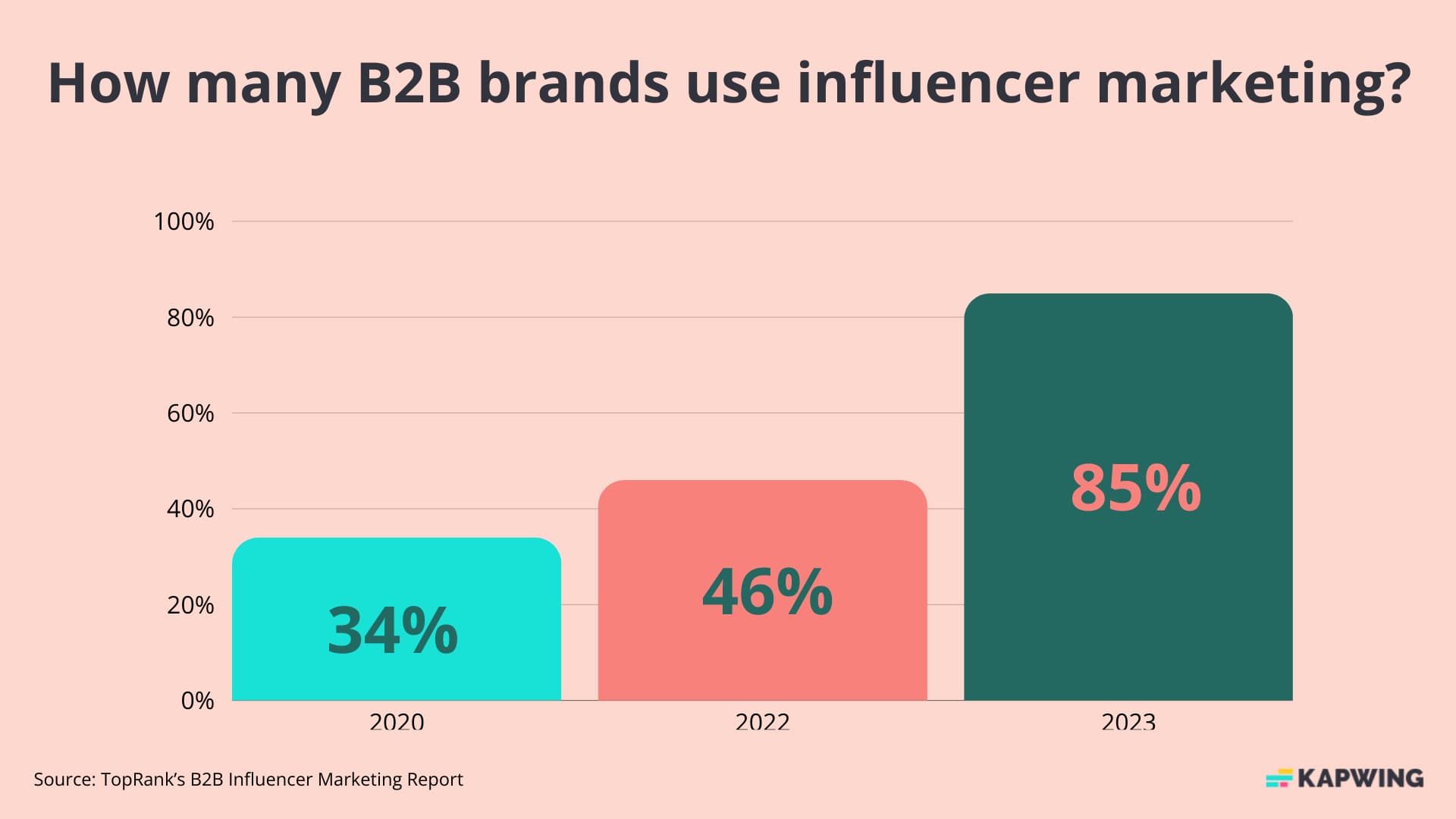
While DTC and B2B influencer marketing can look a little different, the benefits are very similar.
First, people generally trust recommendations from influencers. In the past, people may have turned to family, friends, and colleagues to discover new products and services. Now, influencers have replaced that word of mouth marketing in many ways. This is especially true among younger consumers. Consider that half of millennials trust product recommendations from influencers, but only 38% said the same about celebrities. As well, 33% Gen Z consumers polled have bought a product based on an influencer’s recommendation in the last month.
The reason people trust influencers is that they carry authenticity. Whether they’re being paid or not, influencers live and breathe the lifestyle related to the products they’re recommending. That’s just as true of a parenting influencer talking about children’s toys as a successful entrepreneur talking about their favorite video editing tool.
It works in DTC, and it works in B2B, too. Your customers are simply going to trust a person more than the company line.
Influencer marketing is also a human-first type of marketing. It considers the needs and desires of the people engaging with your marketing, and that matters. Even though as a B2B company your customer is other companies, it’s the humans at those companies who ultimately make decisions.
As well, influencer campaigns make excellent fodder for your video marketing efforts. Marketing has become increasingly video-first and a report from Wyzowl found that 91% of businesses used video as a marketing tool in 2023, up from 86% in 2022. And, according to Livestream, 80% of people would rather watch a live video from a brand than read a blog post. Whether short-form, long-form, or going live with a webinar or conference, B2B marketers have just as much reason to focus on video as DTC marketers.
Finally, perhaps the biggest benefit of working with influencers is that it gives you access to the audience they’ve built. That means reaching a highly-engaged target audience that may not have even heard of your brand before.
With all that in mind, it only makes sense that B2B marketers are turning to influencer marketing as a method for boosting brand awareness and beefing up their social media marketing.
Here, we’ll explore how B2B influencer marketing differs from DTC, some examples of B2B influencer marketing, exactly why B2B brands are getting in on this trend, and some tips for building your own influencer marketing strategy.
What is B2B influencer marketing and how is it different?
When you think of influencer marketing, you probably think first of the lipstick example above. B2B influencer marketing is similar, but with a few key differences.
First, B2B influencers look a little different.
You’re not going to tap a famous TikTok dancer to sell your product or service. Instead, you’re looking for professionals who are influential in their industry. They’ll be people who have a sizable following and engagement rate on social media platforms, whether that’s X, LinkedIn, or YouTube. Or maybe they have a podcast that’s rising in the charts or their newsletter does numbers.
Whatever their medium, the ideal B2B influencer is someone that people follow because they have industry-specific expertise, give great advice, and have a proven track record of success. Whereas a DTC influencer may be selling a lifestyle, a B2B influencer sells success and experience.
You’re looking for an influencer who’s in a position to actually use your product or service. For example, if you’re an e-commerce platform, you’d look for people who have successfully created their own e-commerce brands and have developed a following because of it. If you could call this person a thought leader in your industry, they’re a prime candidate for a B2B influencer marketing campaign.
The target of B2B influencer marketing is also different.
A DTC influencer marketing campaign is aiming to convert a single person into a customer, whereas a B2B campaign must win over multiple stakeholders within the target company they want to convert into a customer. B2B marketing is also more niche. Rather than a broad target audience of consumers, you’ll be zeroing in on a specific target market.
Where these marketing campaigns end up also differs. A DTC marketing campaign demands a wide audience. In the B2B world, you’ll see that LinkedIn posts, email campaigns, blog posts (including guest blog posts), webinars, podcasts, and even events are much more likely destinations for influencer marketing. However, you don’t want to overlook the growing B2B community on TikTok and Instagram, which we’ll see below.
Examples of B2B influencer marketing
Let’s take a look at some examples of B2B influencer marketing to highlight what makes them unique from DTC marketing campaigns.
Here’s an example from Nik Sharma. He’s known in the e-commerce world as “The DTC Guy” and has founded multiple successful companies in the space. He boasts 166,800 followers on X plus 39,000 followers on LinkedIn. He’s done all sorts of e-commerce podcasts, webinars, and events and is a go-to e-commerce influencer.
He recently posted this thread on X sharing what he’s heard from DTC business founders about the importance of cash flow. It’s an insightful 11-part thread with genuine insight on the topic.
At the end, he reveals it was an #ad for Parker, a credit card made for e-commerce brands.
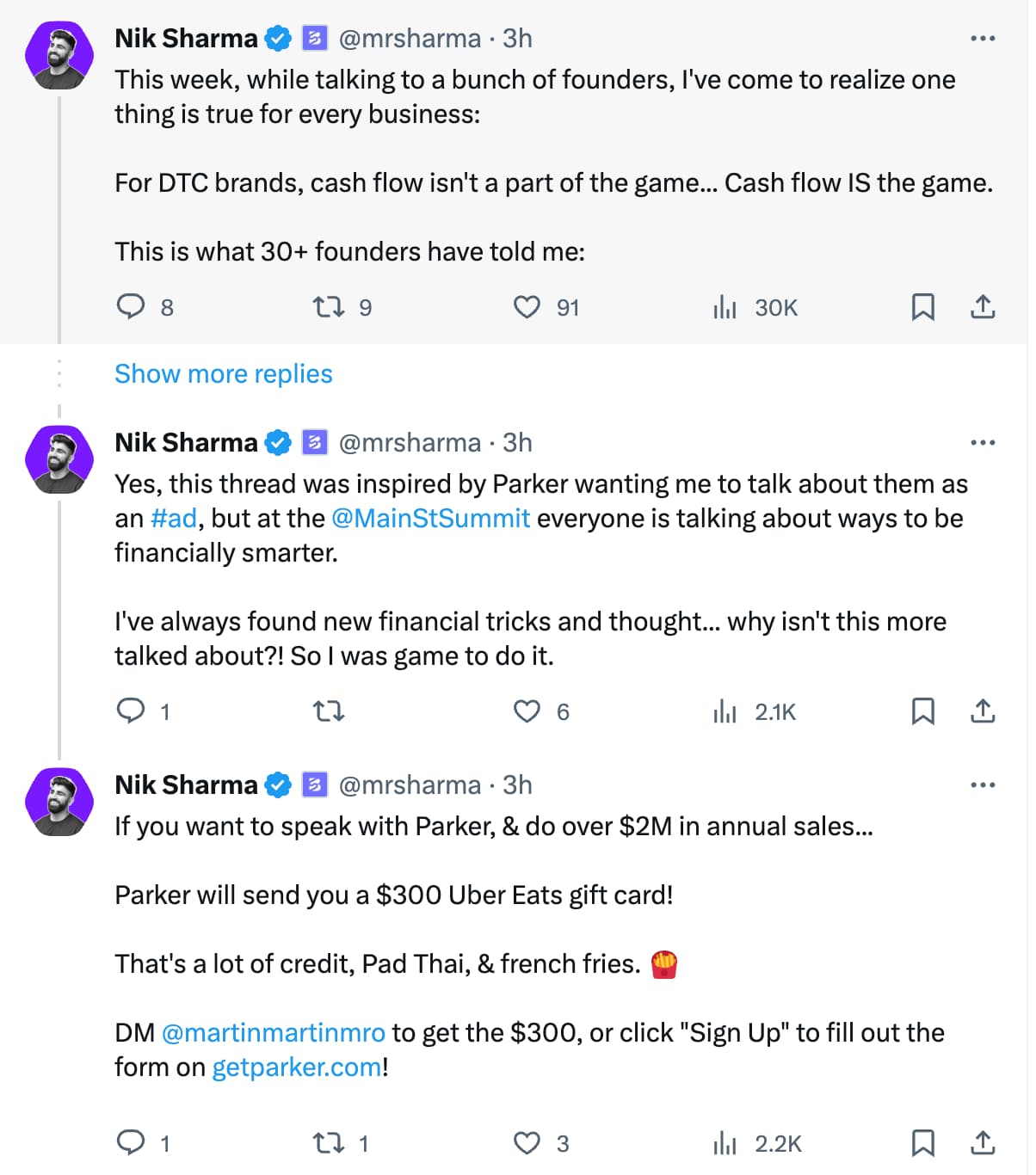
It ends with a call to action to sign up for the service and earn a gift card to boot.
As you can see, this campaign isn’t meant to target a general audience, but rather Sharma’s own audience of e-commerce entrepreneurs. This also isn’t just a simple promotion — Sharma used his connections and expertise to offer valuable information, which will catch the attention of his followers and lead them to the eventual ad placement. All of that makes this campaign very effective.
Here’s another example, this time from TikTok. Brand Nat is a business-focussed creator who posts content about using AI automation. She has 235,700 followers on TikTok, plus more on LinkedIn, YouTube, and Instagram.
Here, she partnered with Active Campaign, a CX automation tool, to make this TikTok.
@brandnat Never cold call again using the best automation tool out there for b2b sales! @ActiveCampaign #activecampaignpartner #activecampaign #b2bsales #b2b #businesstips #businessautomation #aiautomation #brandnat #nataliechoprasert #emailmarketing #ad ♬ Epic Music(863502) - Draganov89
She’s a trusted voice in automation and tells viewers that this saved her a ton of time with following up on leads via email. She walks viewers through how to install and use the tool, and highlights its AI features.
Both of these B2B influencer marketing examples work well because the brands chose to work with influencers who have expertise in their niche. Those brands now have access to the audience each influencer has built, which again is a major benefit of influencer marketing.
Why are B2B brands starting to invest in influencer marketing?
We’ve looked at the “what,” so now let’s take a deeper look at the “why” of B2B influencer marketing.
First, some numbers.
Going back to TopRank’s report, 61% of brands with an extensive influencer marketing program saw increased sales revenue. As well, 58% said it improved brand reputation, 47% said it improved brand advocacy, and 47% said it improved customer retention.
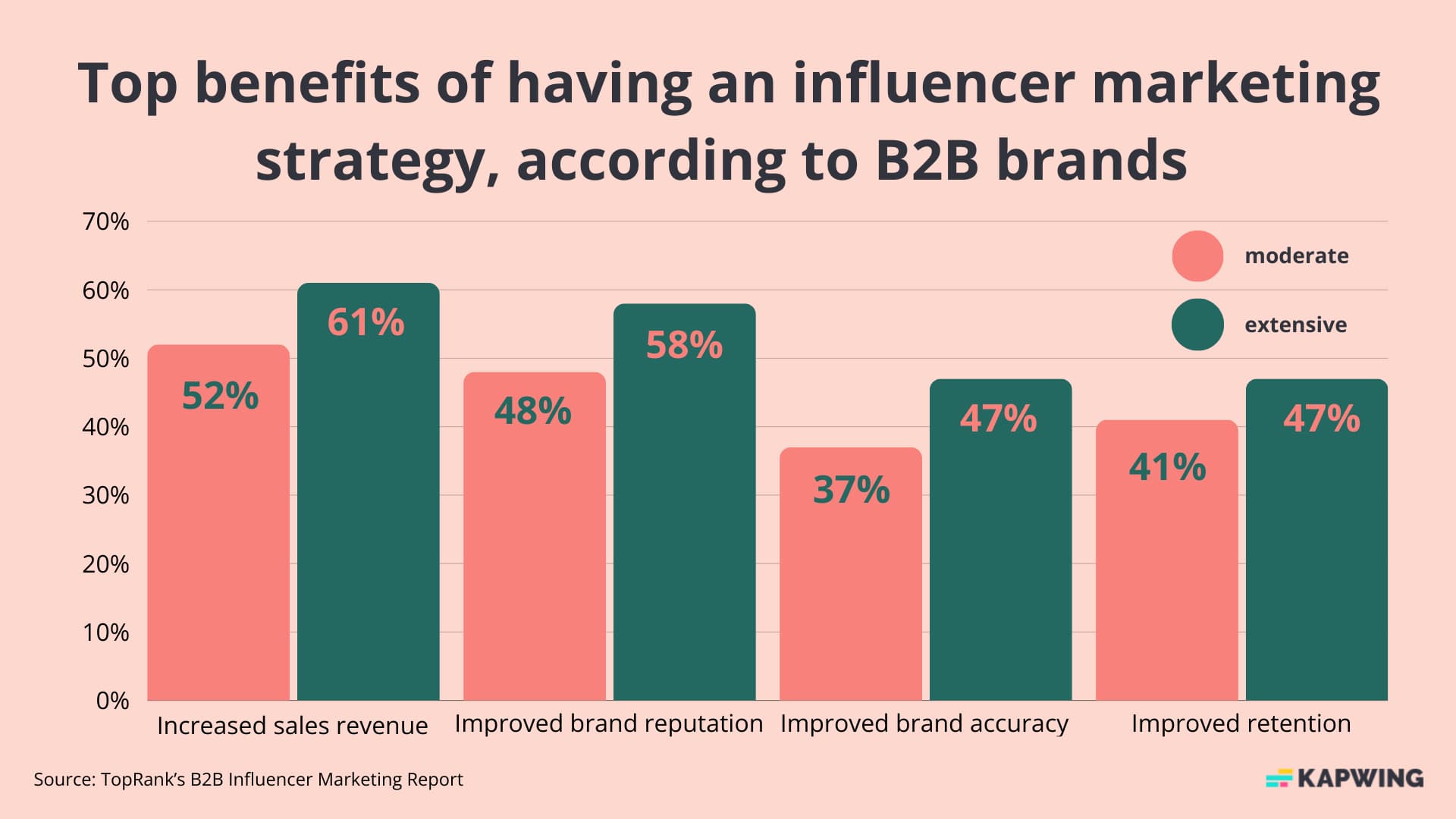
And marketers who had substantially invested in influencer marketing said for every $1 spent on, they saw $5.20 in returns.
You need faces for your video marketing
The rise of video marketing is a very compelling reason to work with influencers as a B2B company.
We mentioned above that marketers are increasingly turning to video as a pillar of their campaigns, but it’s not just a trend — it’s a smart business move. According to Wyzowl, 92% of marketers reported a positive return on investment from using video, and more of them said that in 2023 than any other year. As well, 70% of marketers who weren’t using video planned to start in 2023.
Video can take many forms, from graphics to animations, but if you really want a video campaign to have impact, you need people. In fact, that’s backed up by science. Our brains are hardwired to be drawn to faces. We actually seek out and look at faces as newborns. Seeing another human builds trust and an emotional connection, and that extends to when we’re watching videos.
You need faces for your videos and that’s where influencer marketing can come in. You want to showcase people who are confident on camera and can deliver your message with confidence. You might have all kinds of expertise among your employees, but being in front of a camera may not be one of them.
Plus, commissioning one video means you can resize the video for other platforms.
Here’s an example of an influencer marketing video from Figma, a collaborative design tool whose main user base is other companies. For this video, they had employees of Yeti on camera to talk about how they use Figma in their work.
The video walks through how Figma helped Yeti solve a problem. Figma also posts plenty of tutorials and other content on their YouTube page, but nothing is quite as engaging as seeing and hearing from people who have used the product with success.
Access a new audience
Influencers come with a built-in audience, and by working with them for a B2B influencer marketing campaign, you can gain access to it.
The best thing about these new audiences is that they’ll be primed to buy your products or services. People who follow influencers do so because they create content around a particular topic or niche. That’s incredibly valuable. When you post organically to your own channels, you can use hashtags and keywords to find your target audience, but an influencer will already have them on lock.
If, for example, your product is a video editing tool (like Kapwing!), a video production influencer will already have an audience of followers who are keen to learn tips about video editing.
Check out this TikTok example from Adobe. Here, the brand worked with @sara.and.misc, a graphic designer. Adobe partners with artists all the time, but in this TikTok, they’re zeroing in on a more B2B-focused use case for one of their tools. Sara shows how she uses Adobe Illustrator to create product packaging with a UGC-style video.
@sara.and.misc My 3 quick tips to creating packaging design with Generative Recolor (beta) in @Adobe Illustrator. ☀️#AdobePartner #AdobeFirefly #AdobeIllustrator #graphicdesign ♬ original sound - Sara
Her following consists of many other graphic design professionals who will be keen to learn about new features to help them do their work. By partnering with Sara, Adobe now has access to them.
Extend your reach
If you want to grow your own channels on social media, B2B influencer marketing can help.
By tagging you in a post, your social media profiles will be exposed to a new audience, potentially gaining you new followers that could one day turn into customers.
Some platforms have even streamlined this, like on Instagram. When two accounts partner on the platform, content is shared to both account’s followers.
For influencers, especially micro-influencers, working with a brand is also an opportunity to grow their own following. Either way, it’s a win-win.
Humanize your brand
B2B brands have traditionally been faceless. It’s a more conservative space than DTC. It even has a reputation for being a bit boring. But that’s all changing.
The biggest trend in B2B marketing is that it’s looking more and more like DTC marketing. Rather than being buttoned-up and dry, B2B marketers are leaning more into storytelling, showcasing their values, and being more personable.
A great way to do that is by leveraging actual people, rather than just charts and words. Influencer marketing humanizes your brand by showcasing your offerings with real life examples.
Here’s an example from SurveyMonkey. They worked with Nico Rojas, a brand strategist with 381,000 TikTok followers, to make this TikTok.
@iamnicorojas Want to know how to keep your customers coming back? 🤯 #JustAsk them with @SurveyMonkey and see what they really want from your brand! #SurveyMonkeyPartner #SurveyMonkey #brandstrategy101 #brandstrategy #smallbusinesstips ♬ Aesthetic - Tollan Kim
Rather than just a faceless tool, using an influencer shows how SurveyMonkey is used by real business owners, and that’s powerful.
How to get started with B2B influencer marketing
Creating a B2B influencer marketing campaign is similar to creating a DTC campaign, but more refined. Your target is more niche, but the steps to follow are the same.
1. Decide your content formats
The first thing to decide is what sort of content you want to make for the influencer campaign.
Some options to consider include:
- Host a webinar or other streaming video
- Make a podcast
- Create a LinkedIn video or post
- Create a YouTube video
- Create a TikTok
- Write a blog post or commission a guest blog post
- Sponsor a thread on X
- Host a live event
- Create an Instagram post or video
Whatever you pick, consider where your customers are.
This can vary by industry, so also look at where your own accounts are receiving the most engagement. Remember that engagement is more important than reach for B2B marketing. It’s better to reach just a handful of customers with a high potential to convert than a million people who have no interest in what you offer.
2. Choose influencers to work with
Now is the fun part — who do you want to work with? This will partly be influenced by what form of content you’re hoping to create. You want to work with someone who has a large following where the piece of content will end up. You don’t want a TikTok creator writing a post for you on LinkedIn.
This part can also be hard. According to that TopRank report, 53% of B2B marketers said identifying and engaging with ideal influencers was the most challenging part of running an influencer campaign.
These are the types of potential influencers you want to look for:
- Industry experts who can boost content with deep industry knowledge
- Your own top customers
- Internal employees who have built a significant following
- Content creators who specialize in your niche
If you have people who meet one or more of these criteria in your existing network, reach out to them and propose a partnership. You can also seek out influencers on social media platforms or other research and cold email or DM them, although that might prove less effective.
One tried and true (but more expensive) method is working with an influencer marketing agency or an influencer marketing platform, which connects brands to influencers. Remember that the best influencer marketing platform in general might not be the best influencer marketing platform for you. Look for one that specializes in B2B influencers.
An experienced influencer will also be able to provide you with statistics on their engagement and reach, that should help you narrow down your options to the right choice.
3. Craft a campaign
There’s a lot that goes into striking an influencer marketing deal, but the basic overview is that you want to make a written agreement that clearly outlines the content the influencer will create and how they will be compensated.
That should include how many posts will be created, where they’ll be posted, and how you can reuse that content.
Keep in mind that rates may vary compared to DTC marketing. If you’re hiring an influencer for written content marketing, they might charge by the word. A B2B influencer may also charge based on the value and engagement of their audience, rather than just their number of followers.
4. Measure the results
Once you’ve launched a B2B influencer marketing campaign, you need to find out if it was effective.
This will vary based on what type of content was created and what your goals were for the campaign. It could be your looking for video views, new followers, or new customers. Successful influencer programs should give you the results you’re looking for. If you got views, but not the new customers you wanted, it’s time to go back to the first step.
Launch your first B2B influencer marketing campaign
The potential benefits of integrating influencer marketing into your overall marketing strategy are immense.
A good influencer marketing strategy seeks out influencers who are aligned with your brand and will deliver results. The most successful influencer programs are the ones that understand who will resonate most with your potential customers.
As B2B influencer marketing becomes more and more popular, you’ll soon find yourself falling behind if you don’t incorporate influencers into your marketing strategies.
Create content faster with Kapwing's online video editor →

